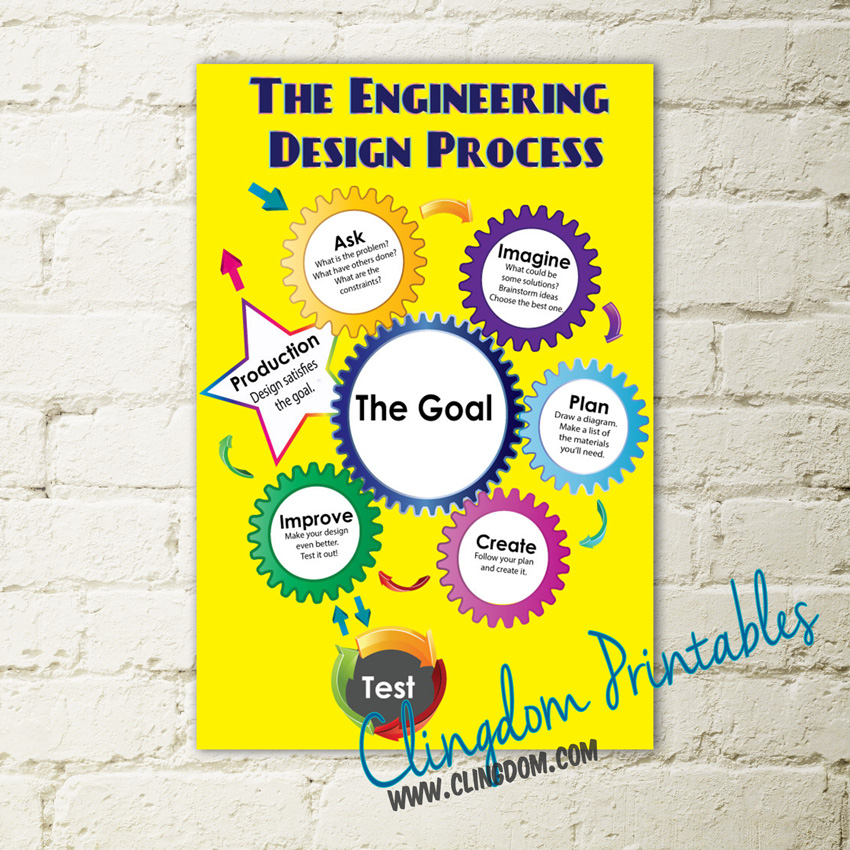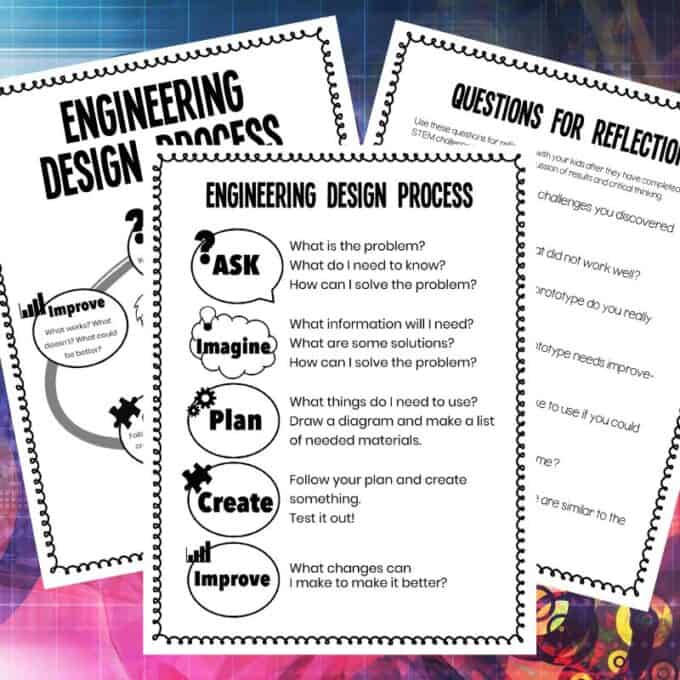Table Of Content

Each team strives to design a boom that is light, can hold a certain amount of weight, and is affordable to build. Students brainstorm, design, and build a cooler and monitor its effectiveness to keep a bottle of ice water cold in comparison to a bottle of ice water left at room temperature. Students engage in design by choosing from a range of materials to build their prototype.

Check out our high school engineering design unit
This does not change anything about product utility, but it drastically decreases part rejections, cycle times, and material wastage. There are numerous situations where ineffective communication can cause problems. For example, not being able to communicate quality requirements to the production department can have serious consequences in the form of failed products.
Develop a prototype
This involves brainstorming, sketching, and exploring different ideas. To help you consider possibilities, here are several tables listing different types of design requirements. It would be rare if all the ones important to you were here; it would be equally rare (but still possible) that none of yours are here. Remember that all of your requirements should be needed and feasible.
Developing Specifications
Engineering professor teaches students to think differently - USC News & Events - University of South Carolina
Engineering professor teaches students to think differently - USC News & Events.
Posted: Wed, 02 Nov 2022 07:00:00 GMT [source]
Students learn how to engineer a design for a polymer brush—a coating consisting of polymers that represents an antifouling polymer brush coating for a water filtration surface. The scientific method is reviewed and reinforced with the use of controls and... Have an idea for a project that will add value for arXiv's community? Students in upper grades with more advanced math skills can explore statistical connections. Some areas are statistical variability, central tendency, data distributions, and bivariate data patterns.
Also, invite each student to hypothesize the pennies-at-failure number for their prototype. One way is for students to enter these quantities in a Google Form with a short explanation—one or two sentences. Later, share with students the form’s estimates for part D.2 Evaluate the Results along with the test data gathered in D.1 – Test the Prototype. Reassure students that a failing watercraft (e.g., one that sank with fewer pennies than average) does not equate to a failing grade. A failing grade would arise from not sufficiently explaining the engineering failure. So, talk about failure and F.A.I.L. (First Attempt At Learning) with your students before you test.
EDP STEM Lesson Plans and Files (pdf files)
Committed to our belief that people are the most valuable asset, we focus on building capabilities to navigate ever evolving challenges in technology, business, and design. The interactive diagram below may help you understand the engineering design process, and how it is applied to an experiment or project. Use the "return to top" button to return to the diagram for more exploration. Students experience the engineering design process as they design, fabricate, test and redesign their own methods for encapsulation of a (hypothetical) new miracle drug.
Project-based Learning (PBL) and the Engineering Design Process (EDP)
Students learn the steps of the engineering design process (EDP) and how to use it ... Students experience the steps of the engineering design process as they design solutions for a real-world problem that negatively affects the environment. They use plastic tubing and assorted materials such as activated carbon, cotton balls, felt and cloth to create filters with the capability to re... Students further their understanding of the engineering design process (EDP) while being introduced to assistive technology devices and biomedical engineering. They are given a fictional client statement and are tasked to follow the steps of the EDP to design and build small-scale, off-road wheelcha... A model consists of two layers of a medium separated by material acting as the membrane.
Design and Make with Autodesk - Autodesk Redshift
Design and Make with Autodesk.
Posted: Thu, 14 Sep 2023 21:20:20 GMT [source]
Make A Model Or Prototype
Regardless, creating a documented plan makes sense to be as prepared as possible–to support the mindset for strategic building and provide specific references to understand any changes. For these aluminum watercraft prototypes, I would avoid using 3D objects as forms to shape the design. For example, if you have a boat model in your classroom, do not let a student wrap their five-inch square of foil around the model’s hull to create their prototype. If some of these questions were already explored and answered in A.1 – Ask and Empathize, that’s okay. The purpose of the EDP is reinforced, and your students are beginning the first phase of the engineering design process, so any redundancy is probably reinforcing. As previously mentioned, the engineering design process can be based on five or more steps.
In general, students should identify which prototype characteristics should be modified to better achieve the goal. Students could also create an annotated 3D sketch of an improved design based on what they learned in D.2 – Evaluate the Results. I prefer working with everyday materials in STEM, so the product designs I’ve done with my students wind up being not very technical.

Once the research phase is complete, engineers can define design requirements by translating their insights into specific criteria. The requirements of the product design are discussed in detail and the expectations of the entire group are clearly understood. This includes high-level targets like product functionality, aesthetic requirements, budgetary constraints, material limitations, product quality, etc. Potential designs are evaluated relative to the constraints and criteria, and one or more is selected to be designed in detail and prototyped. This selection is made using a structured process that requires the constraints to be met and chooses the best design according to the criteria.
Or how do you pick and choose, from all of the products, systems, and environments already out there, one that you might want to improve? This process of uncovering a problem, or identifying the need for change or improvement to an existing solution, is called need finding. The prototype development and testing phase focuses on transforming the product design into a working, tangible form.
Students' understanding of how robotic ultrasonic sensors work is reinforced in a design challenge involving LEGO® MINDSTORMS® EV3 robots and ultrasonic sensors. Student groups program their robots to move freely without bumping into obstacles (toy LEGO people). Student groups are challenged to program robots with color sensors to follow a black line. Students learn how to use wind energy to combat gravity and create lift by creating their own tetrahedral kites capable of flying. They explore different tetrahedron kite designs, learning that the geometry of the tetrahedron shape lends itself well to kites and wings because of its advantageous str...

No comments:
Post a Comment